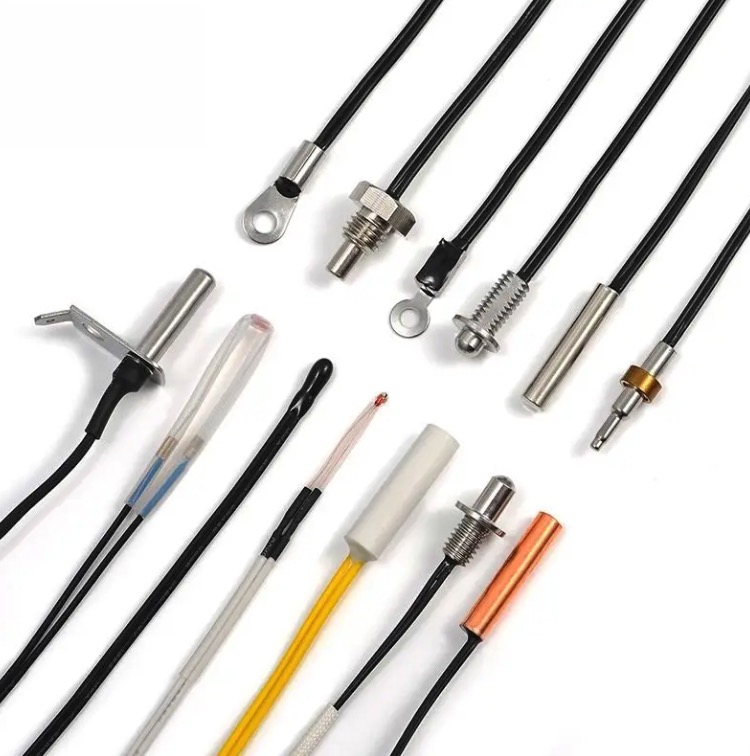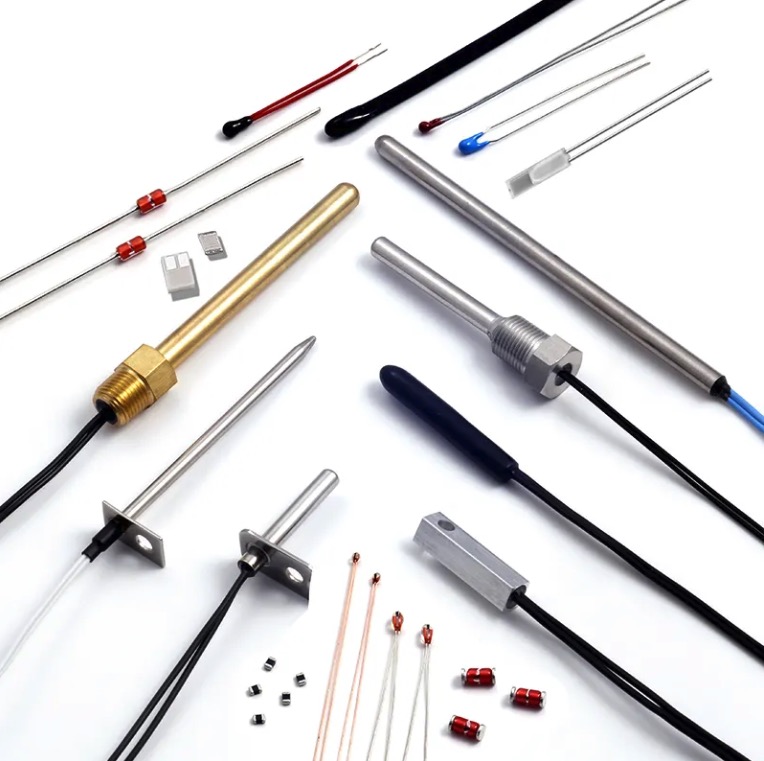Optical Shaft Encoder: The Ultimate Guide to Precision Measurement
Introduction:
Welcome to this comprehensive guide on optical shaft encoders. In today’s digital age, precise measurements have become crucial in various industries and applications. Optical shaft encoders play a vital role in achieving accurate position sensing and rotational speed control. In this guide, we will explore the fundamentals, working principles, types, applications, and benefits of optical shaft encoders. So, let’s dive in!
Table of Contents:
1. What is an Optical Shaft Encoder?
2. How Does an Optical Shaft Encoder Work?
3. Types of Optical Shaft Encoders
3.1 Incremental Optical Shaft Encoders
3.2 Absolute Optical Shaft Encoders
3.3 Rotary Optical Shaft Encoders
4. Applications of Optical Shaft Encoders
4.1 Industrial Automation
4.2 Robotics and Motion Control
4.3 Navigation Systems
4.4 Medical Equipment
4.5 Gaming and Virtual Reality
5. Benefits of Optical Shaft Encoders
6. Tips for Choosing the Right Optical Shaft Encoder
7. Conclusion
1. What is an Optical Shaft Encoder?
An optical shaft encoder is a device used to convert the angular position or motion of a rotating shaft into digital signals. By sensing the changes in light patterns, it can determine the position, velocity, and direction of rotation with high accuracy. This information is essential in various industrial and automation processes.
2. How Does an Optical Shaft Encoder Work?
The working principle of an optical shaft encoder involves an emitter and a receiver. The emitter emits a beam of light towards a rotating disc or code wheel that contains evenly spaced slots or lines. As the encoder shaft rotates, the patterns of light passing through the slots or lines change. The receiver detects these changes and converts them into electrical signals.
3. Types of Optical Shaft Encoders:
3.1 Incremental Optical Shaft Encoders:
Incremental optical shaft encoders provide relative position information by generating a pulse each time the shaft rotates by a certain angle. They are widely used in applications where accurate speed control is required.
3.2 Absolute Optical Shaft Encoders:
Absolute optical shaft encoders provide absolute position information for every point in a rotation. They use a complex coding scheme and are commonly employed in applications that demand precise positional accuracy.
3.3 Rotary Optical Shaft Encoders:
Rotary optical shaft encoders are specially designed for measuring the rotational position of a shaft. They offer high resolution, reliable operation, and are ideal for applications such as robotics, CNC machines, and servo systems.
4. Applications of Optical Shaft Encoders:
4.1 Industrial Automation:
In industrial automation, optical shaft encoders are utilized for position control, speed regulation, and synchronization of various machinery and equipment.
4.2 Robotics and Motion Control:
Optical shaft encoders play a crucial role in robot joint control, feedback control systems, and motion control applications, ensuring precise and accurate movement.
4.3 Navigation Systems:
In navigation systems, such as autonomous vehicles, drones, and satellites, optical shaft encoders aid in determining position, orientation, and trajectory.
4.4 Medical Equipment:
Medical devices like surgical robots, diagnostic equipment, and patient beds rely on optical shaft encoders to achieve smooth and accurate movement.
4.5 Gaming and Virtual Reality:
For an immersive gaming experience or virtual reality simulation, optical shaft encoders assist in tracking the movement of controllers and joysticks with utmost precision.
5. Benefits of Optical Shaft Encoders:
– High Accuracy: Optical shaft encoders offer exceptional accuracy, allowing for precise positioning and motion control.
– Reliability: With no mechanical contact, they are less prone to wear and tear, ensuring long-lasting reliability.
– High Resolution: Optical encoders provide high-resolution outputs, enabling fine-grained measurement and control.
– Easy Integration: These encoders can be easily integrated into existing systems and are compatible with various interfaces.
6. Tips for Choosing the Right Optical Shaft Encoder:
When selecting an optical shaft encoder, consider factors such as resolution, accuracy, operating environment, mounting options, and output interface compatibility. It’s vital to choose an encoder that best suits your specific application requirements.
Conclusion:
Optical shaft encoders are indispensable devices for achieving precise position sensing and rotational speed control. Whether it’s in industrial automation, robotics, navigation systems, medical equipment, or gaming, these encoders provide accurate and reliable measurements. By understanding the working principles, types, applications, and benefits of optical shaft encoders, you can make informed decisions when integrating them into your systems. Embrace the power of optical shaft encoders for enhanced precision and control in your applications.
Understanding NTC Temperature Sensor Craftsmanship and Reliability in Air Conditioning Systems
In modern HVAC systems, temperature sensors play a critical role in ensuring energy efficiency, performance stability, and user comfort. Among them, NTC (Negative Temperature Coefficient) thermistors are the most widely




